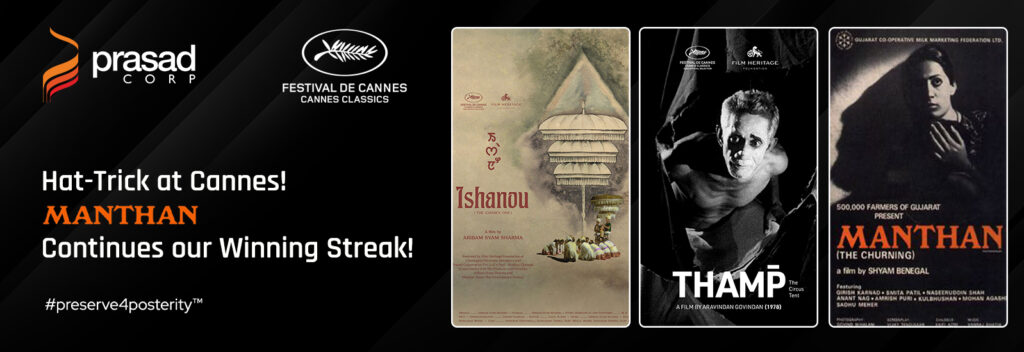Rediscovering the Soul of Cinema
In a world where digital content moves fast and stories are told across borders, one quiet revolution is reshaping the global film scene: the rise of restored regional films. Once confined to limited audiences, these cinematic gems from various cultures and languages are now making waves on international platforms. With a renewed focus on regional film preservation, filmmakers, curators, and audiences are coming together to celebrate what was nearly forgotten: a treasure trove of cultural film heritage that speaks across generations and geographies.

Why Regional Films Matter in Global Cinema
Regional films capture the heartbeats of communities. Unlike commercial cinema designed for mass appeal, regional films dive deep into local traditions, dialects, folklore, rituals, and human experiences unique to a place and time.
- They are storytellers of the soil, chronicling real lives rather than studio fantasies.
- They carry the weight of languages, costumes, music, and architecture that global audiences rarely get to see.
- They showcase raw talent and authentic narratives untouched by commercial filters.
As global viewers become more curious and culturally aware, they seek out stories that feel real, diverse, and rooted. This is where restored regional films step in, giving global audiences access to narratives that might have been lost due to time, neglect, or lack of distribution.
The Role of Restoration in Bringing Stories Back to Life
Films age. Reels decay. Colors fade. Sound distorts. Without intervention, many regional films made before the digital era risk vanishing forever. That’s where restoration comes in, not as a luxury, but as a necessity.
- Film scanning in high-resolution formats revives visual detail lost to time.
- Audio cleaning removes noise and distortion, making dialogues and scores shine again.
- Color correction and frame-by-frame repairs ensure the film looks and feels vibrant while staying true to its original essence.
Regional film preservation projects today are being led by institutions, private collectors, and passionate filmmakers who understand the urgency. By digitizing and restoring these films, they are preserving not just entertainment, but a vital piece of cultural film heritage.
Stories That Travel: Case Studies and Successes
India, with its incredibly rich and diverse film culture, offers several compelling examples:
- Thamp (Malayalam) – Once thought to be nearly lost, this 1978 masterpiece was restored by the Film Heritage Foundation and premiered at the Cannes Film Festival. Its lyrical storytelling and poignant themes resonated deeply with an international audience.
- Gamperaliya (Sinhala, Sri Lanka) – Restored in collaboration with international partners, this film gained new recognition decades after its original release, highlighting class divisions and social change in a way that felt timely even today.
- Sujata (Hindi) – A regional film in spirit and treatment, this Bimal Roy classic was restored and showcased at Venice Classics, gaining admiration for its handling of caste-based issues.
These stories, once limited by geography and format, found global acclaim through meticulous restoration. Each success story fuels new interest in unearthing more hidden cinematic gems from regional landscapes.

When the World Watches, Local Communities Rise
The impact of global recognition goes far beyond film festivals or streaming platforms. It touches the people and places these films come from.
- Communities feel seen and validated when their stories earn applause across the globe.
- Academic interest in restored films increases, leading to research, scholarships, and curriculum updates.
- Restored regional films open doors for monetization through global OTT platforms, cultural screenings, and merchandise.
- Filmmakers, actors, and technicians from the past receive posthumous honor, inspiring new generations to take up the mantle.
In essence, when restored regional films reach new eyes, they create a full-circle moment connecting the past with the present, and local roots with global branches.
The Future is Local, Preserved, and Celebrated
Why restored regional films are winning global attention has more to do with emotion and identity than technology. These films speak to shared human truths, even when told in unfamiliar languages or dialects. As technology advances and the appetite for authenticity grows, the demand for such films will only increase.
Preserving and restoring regional cinema is no longer a side project. It’s an essential part of honoring our cultural film heritage and sharing it with the world. It tells the world: our stories matter, our voices matter, and our past deserves a future.

